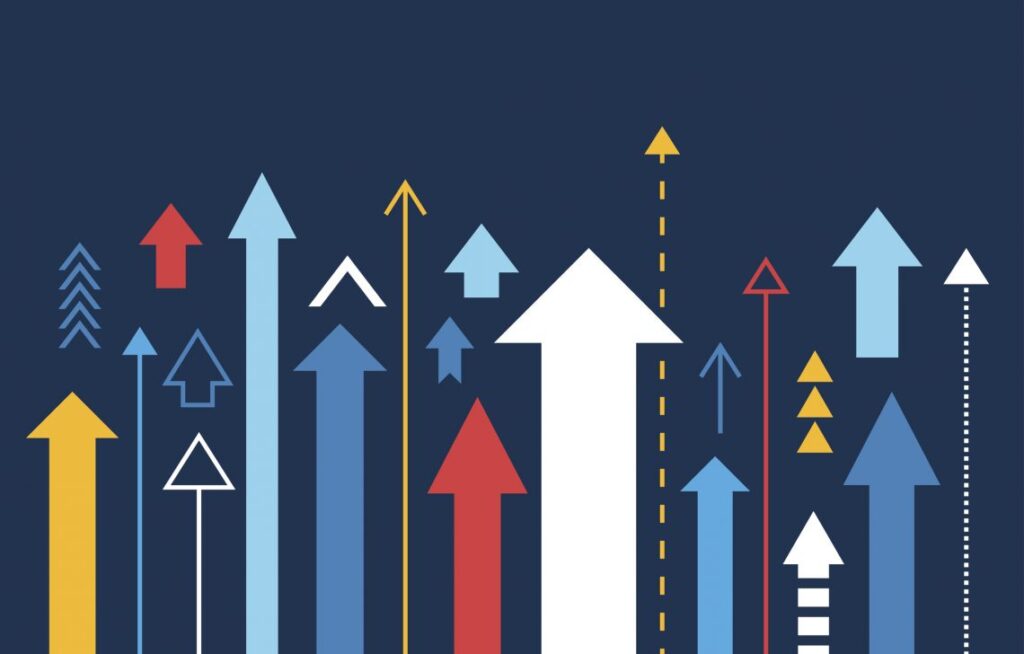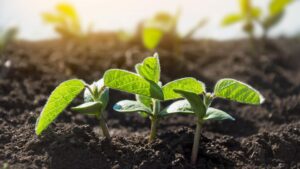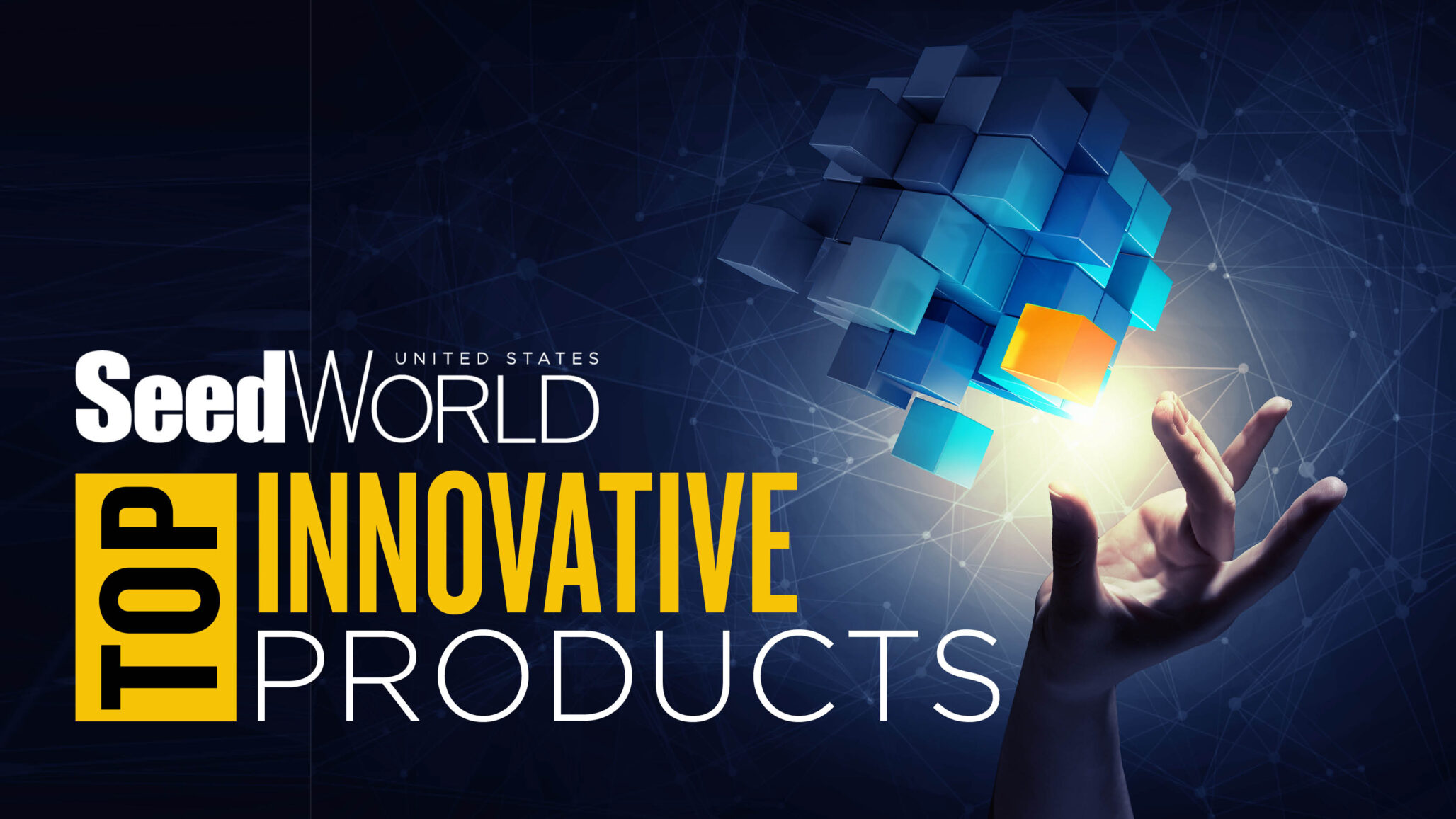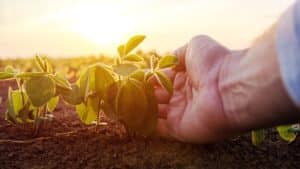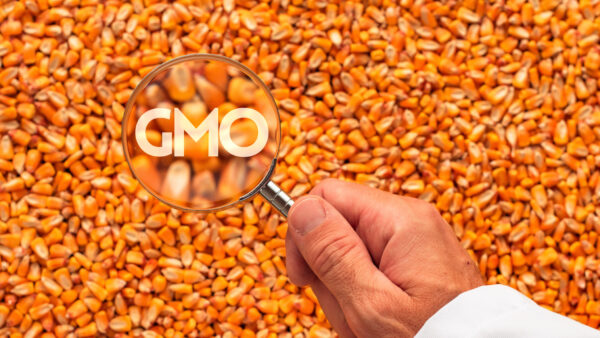One of the first casualties of decreased margins is spending on research and innovation. Research doesn’t always have a direct, bottom-line contribution so it seems like low-hanging fruit. This, however, is using a short-term tactic to try and solve a long-term challenge.
The seed production business is complex and competitive. It features all the risks of outdoor agriculture with the margins of the manufacturing business. As such, investing in research and innovative practices to improve yield and seed quality while reducing risk is critical to improving margins.
We already do a lot to manage risk. Our production and custom breeding activities are placed across eight states. This geographic diversity allows us to grow seed in the best environment and weather conditions possible for a given hybrid or variety. We also have a modern suite of seed conditioning, treating and packaging equipment. This allows us to gently handle seed which reduces damage and improves germination scores. Finally, we have rigorous isolation, detasseling and seed cleanout procedures that deliver industry-leading seed purity.
But beyond those broad-brush approaches are thousands of choices made every year by our growers, contractors, suppliers and employees that impact yield and quality. Investing in research on how to improve on every one of those decisions and practices is how our business can unlock even more potential.
This is the focus of our seed production research activities. We’ve measured performance of crop inputs, seed drop tests, planting conditions and detasseling procedures among others. Some of the most important results challenged our preconceptions and led us to make new recommendations that have improved yields and seed quality.
We greatly expanded those activities in 2020 and again in 2021. From analyzing soil temps at planting through emergence to experimenting with soil or seed applied growth promoters, we’re executing more seed production research projects than ever before.
The results have led us to invest in new capital, additional crop inputs and to support our growers’ and suppliers’ investments in better and faster equipment. One new grower investment is in high-speed planters outfitted with in-furrow soil moisture and temperature monitoring. This allows us to analyze how the exact planting conditions at seed placement impact stand, yield and bag weights.
We know that despite a period of lower seed industry margins, the only way to deliver better results is to maximize the performance of every input; from people to equipment and land to technology. This will keep us on the leading edge of innovation. Our clients and their farmer customers depend on it!


